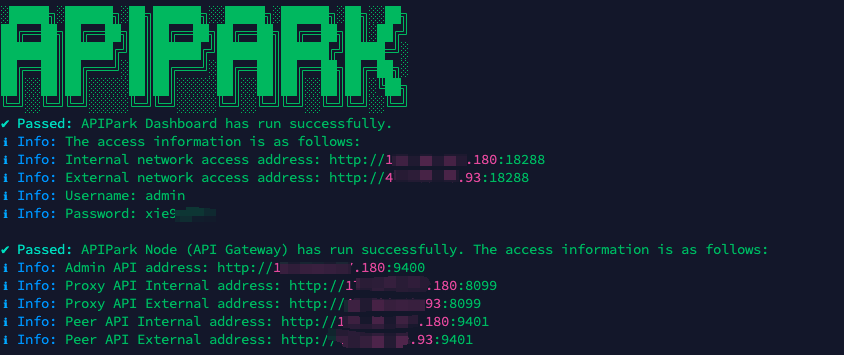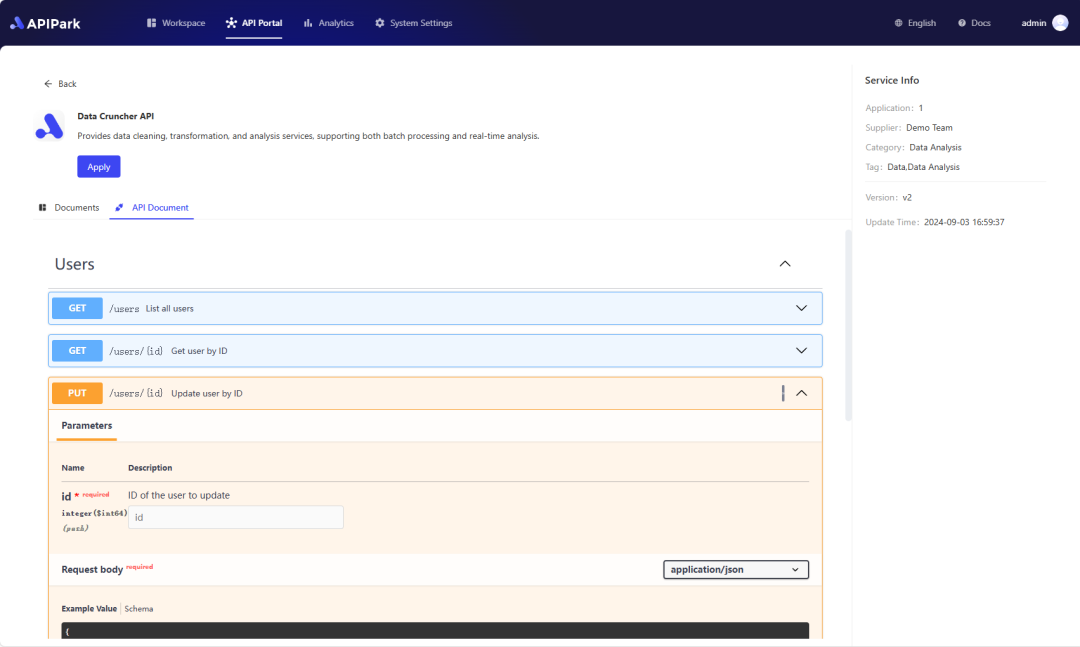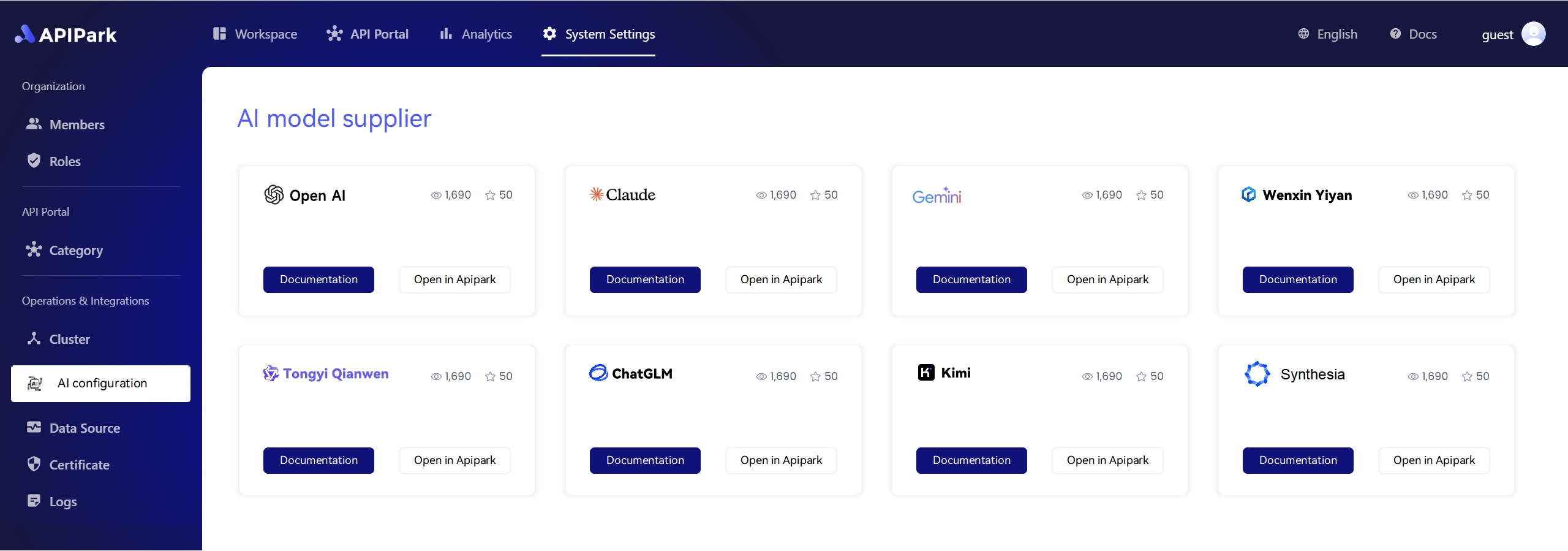When developing applications that rely on API (Application Programming Interface) calls, encountering errors is a common scenario. Among these errors, one that frequently baffles developers is the 502 Bad Gateway error. In this comprehensive article, we will explore this error in detail, particularly in the context of Python API calls, and how it can affect your applications. We will also address the significance of AI security, the role of platforms like aigateway.app, LLM Proxy, and effective API documentation management.
What is Error 502: Bad Gateway?
Error 502: Bad Gateway is an HTTP status code that indicates that one server on the internet received an invalid response from another server acting as a gateway or proxy. When you make an API call, it often goes through multiple servers. If any of those intermediary servers does not respond correctly, the user is presented with a 502 error.
Common Causes of 502 Bad Gateway Errors
-
Server Overload: If the server is overloaded with requests, it may fail to respond properly to incoming requests, resulting in a 502 error.
-
Server Downtime: If the server is down for maintenance or experiencing outages, a bad gateway error may occur when it tries to communicate with another server.
-
Network Issues: Network configurations or issues can prevent communication between servers, resulting in an invalid response being returned.
-
Firewall Issues: A misconfigured firewall can block requests from reaching the intended server, leading to 502 errors.
-
Incorrect Server Configuration: If the server configuration is incorrect or incomplete, it may not handle requests properly, returning the 502 response.
How to Handle Error 502 in Python API Calls
When dealing with API calls in a Python application, it is crucial to implement error-handling mechanisms to gracefully manage any errors, including 502 Bad Gateway errors. Here’s an example of how to handle such errors in Python code:
import requests
def call_api(url):
try:
response = requests.get(url)
response.raise_for_status() # Raise an error for bad responses
return response.json()
except requests.exceptions.HTTPError as http_err:
if response.status_code == 502:
print("Error 502: Bad Gateway. The server received an invalid response.")
else:
print(f"HTTP error occurred: {http_err}") # Other HTTP errors
except requests.exceptions.RequestException as err:
print(f"An error occurred: {err}") # Other request errors
# Example API call
api_url = "http://example.com/api/data"
data = call_api(api_url)
In this code, we are using the requests library to make an API call. If a 502 error occurs, we notify the user accordingly.
The Importance of AI Security
When working with APIs, especially in the AI domain, AI security becomes a significant concern. Data handled in these applications can be sensitive, and ensuring its security is paramount to avoid data breaches or unauthorized access. Implementing secure API gateways and leveraging tools such as aigateway.app can help manage these security concerns by authenticating and validating requests before they reach the server.
Security Best Practices
- Implement HTTPS: Ensure all API calls are made over HTTPS to encrypt data in transit.
- Use API Keys: Require clients to use API keys for authentication to protect your resources.
- Rate Limiting: Implement rate limiting to prevent abuse of your APIs.
- Regular Security Audits: Regularly inspect and test your APIs for vulnerabilities.
| Security Best Practices | Description |
|---|---|
| Implement HTTPS | Encrypts data for secure transmission |
| Use API Keys | Authenticate clients using unique keys |
| Rate Limiting | Restricts the number of requests from a single client |
| Regular Audits | Helps identify and fix vulnerabilities |
Making Use of LLM Proxy
In a modern API environment, Layered Load Management (LLM) Proxy can play a crucial role in efficient traffic routing and reducing error occurrences like 502 errors. LLM Proxy manages the incoming requests and directs them to the appropriate server, balancing the load between multiple servers effectively.
Advantages of LLM Proxy
-
Load Balancing: It evenly distributes incoming network traffic across various servers, preventing any single server from being overwhelmed.
-
Failover Handling: If one server goes down, the LLM Proxy can reroute requests to alternate servers, minimizing downtime.
-
Enhanced Security: LLM proxies can provide an additional security layer by managing access controls and filtering requests.
API Documentation Management
Good API documentation is essential for the effective use of any API. It serves as a guide for developers, detailing available endpoints, request and response formats, error codes, and authentication requirements.
Key Elements of API Documentation
- Endpoint Descriptions: Clear explanations of each endpoint available in the API.
- Request Parameters: Detailed information on what parameters can be passed in requests.
- Error Codes: A list of potential error codes (including 502) and their meanings.
- Examples: Sample code or curl commands demonstrating how to call the API.
Having comprehensive documentation helps developers understand how to interact with your APIs effectively without encountering unknown issues that might lead to problems such as 502 errors.
Best Practices to Prevent 502 Errors in API Calls
To minimize the chances of encountering a 502 Bad Gateway error in your Python API calls, consider the following guidelines:
-
Monitor Server Health: Regularly check the health status of the servers involved in your API architecture.
-
Optimize Server Configuration: Ensure that your servers are optimally configured to handle incoming requests.
-
Implement Circuit Breaker Pattern: This design pattern allows you to stop calling a failing service temporarily, preventing a flood of requests that result in multiple 502 errors.
-
Leverage Caching: Use caching mechanisms to reduce the load on your servers and provide faster responses.
-
Test Thoroughly: Conduct testing to discover potential points of failure in your API call flow.
Conclusion
Understanding and managing error responses, especially 502 Bad Gateway errors in Python API calls, is crucial for developing robust applications. Implementing effective error handling, prioritizing AI security, utilizing an LLM proxy, and maintaining thorough API documentation are essential steps in minimizing these occurrences. By following best practices for API management and documentation, developers can enhance user experience and maintain the reliability of their applications.
APIPark is a high-performance AI gateway that allows you to securely access the most comprehensive LLM APIs globally on the APIPark platform, including OpenAI, Anthropic, Mistral, Llama2, Google Gemini, and more.Try APIPark now! 👇👇👇
In conclusion, taking proactive measures to understand and rectify errors will not only elevate the reliability of your API services but also foster greater trust from your users. Implementing solid API practices and security measures ensures that your applications run smoothly and efficiently, minimizing frustrating user experiences.
🚀You can securely and efficiently call the Gemni API on APIPark in just two steps:
Step 1: Deploy the APIPark AI gateway in 5 minutes.
APIPark is developed based on Golang, offering strong product performance and low development and maintenance costs. You can deploy APIPark with a single command line.
curl -sSO https://download.apipark.com/install/quick-start.sh; bash quick-start.sh

In my experience, you can see the successful deployment interface within 5 to 10 minutes. Then, you can log in to APIPark using your account.

Step 2: Call the Gemni API.
